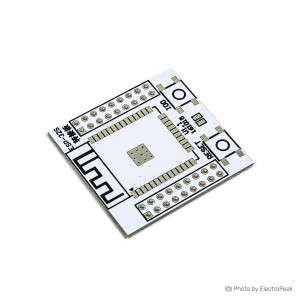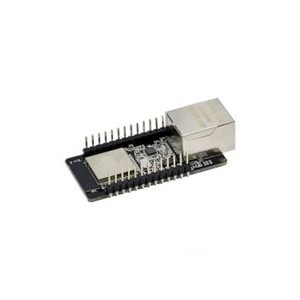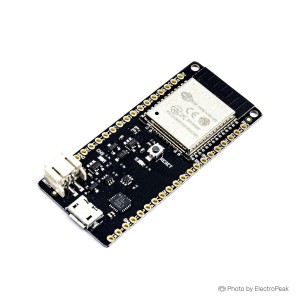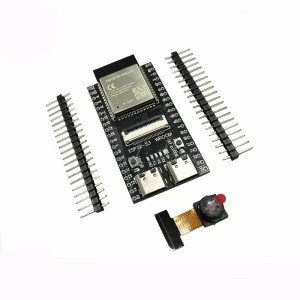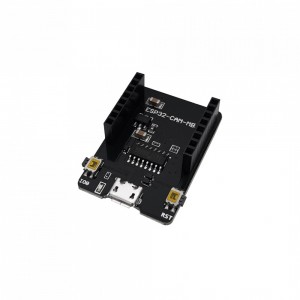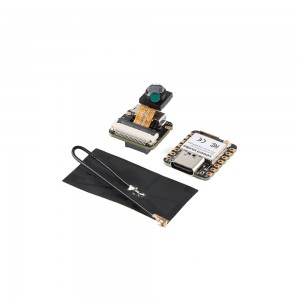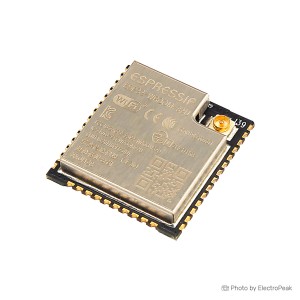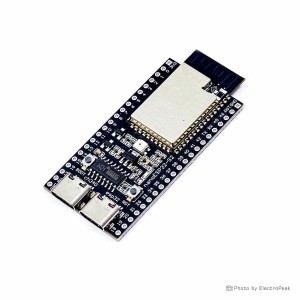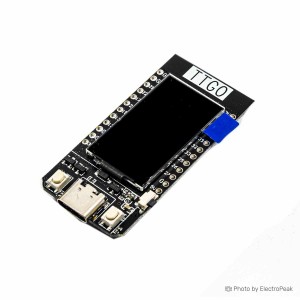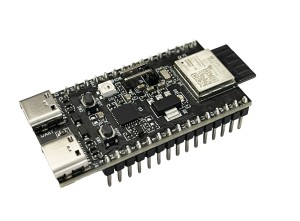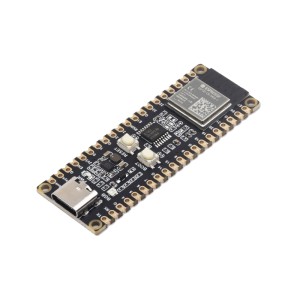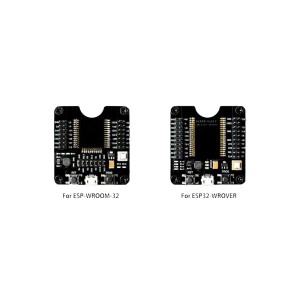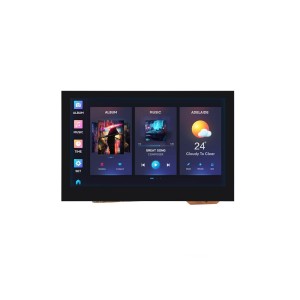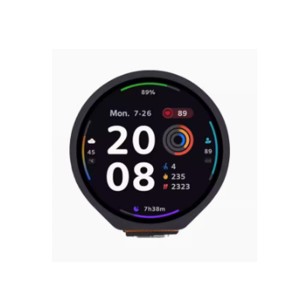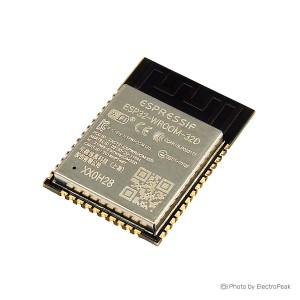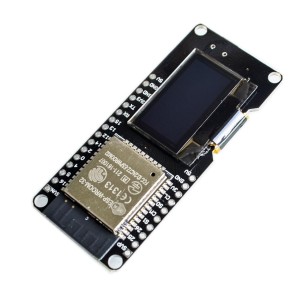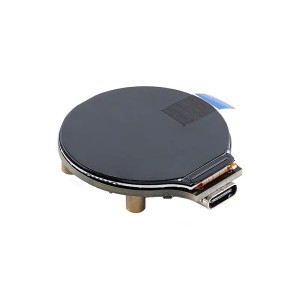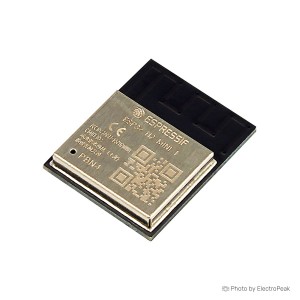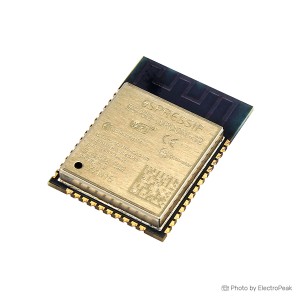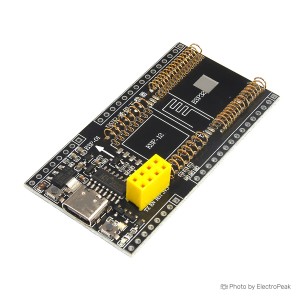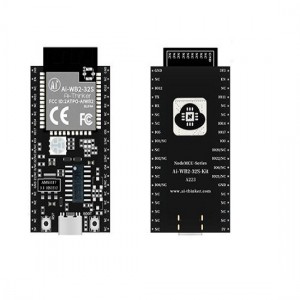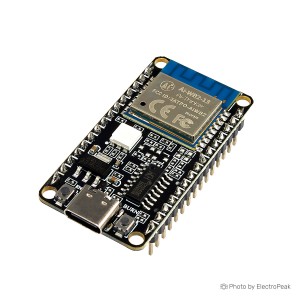Flash Memory in ESP32:
SPIFlash is a type of Flash memory used in ESP32 microcontrollers to store program code, data, and configuration information. It comes in various types and sizes to accommodate different needs. The most common SPIFlash options include Winbond, GigaDevice, and ISSI.
The available sizes for SPIFlash in ESP32 typically range from 1MB to 16MB. This variety allows developers to choose the right storage capacity for their specific applications. Some ESP32 variants also support external SPIFlash or other type for expanded storage.
PSRAM in ESP32 :
PSRAM, or Pseudo Static Random-Access Memory, is an additional memory component used in ESP32 microcontrollers to expand the available RAM. It provides extra storage for program execution and data handling, which can be crucial for applications demanding larger memory resources.
PSRAM in ESP32 comes in varying sizes to cater to diverse project needs, with common options being 4MB and 8MB. It's particularly useful for tasks like high-resolution image processing, data caching, and memory-intensive operations.
